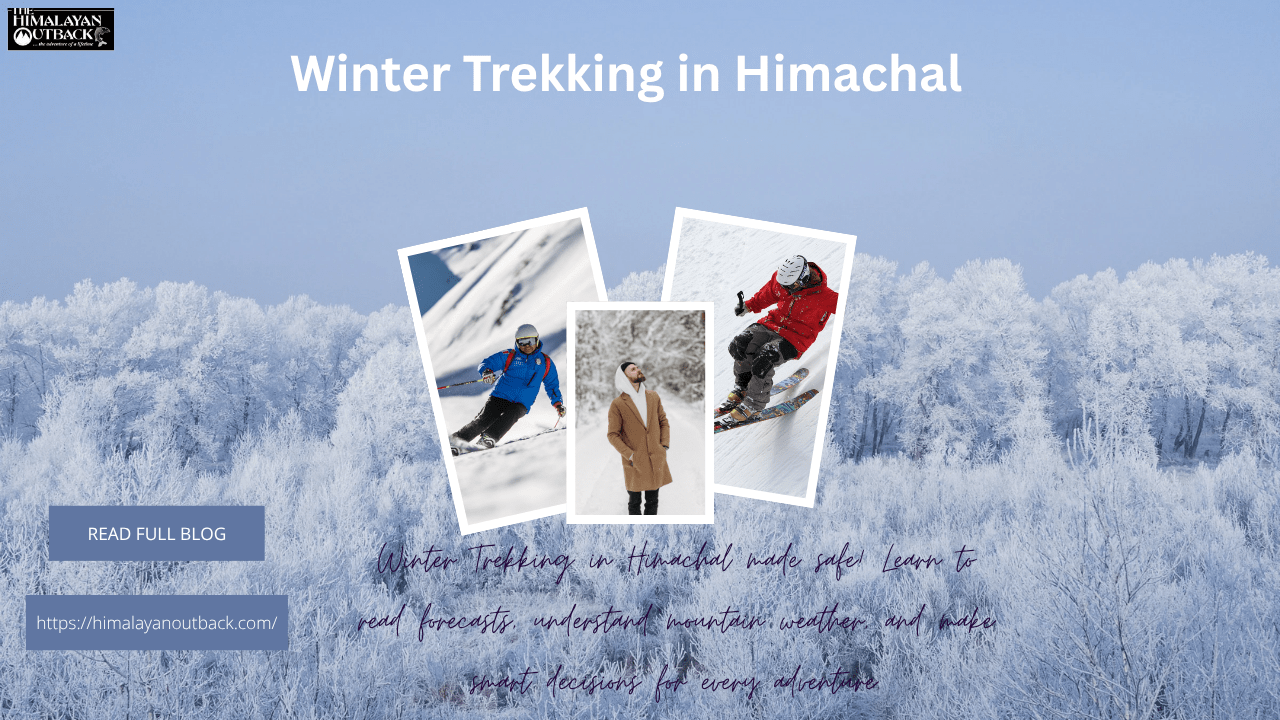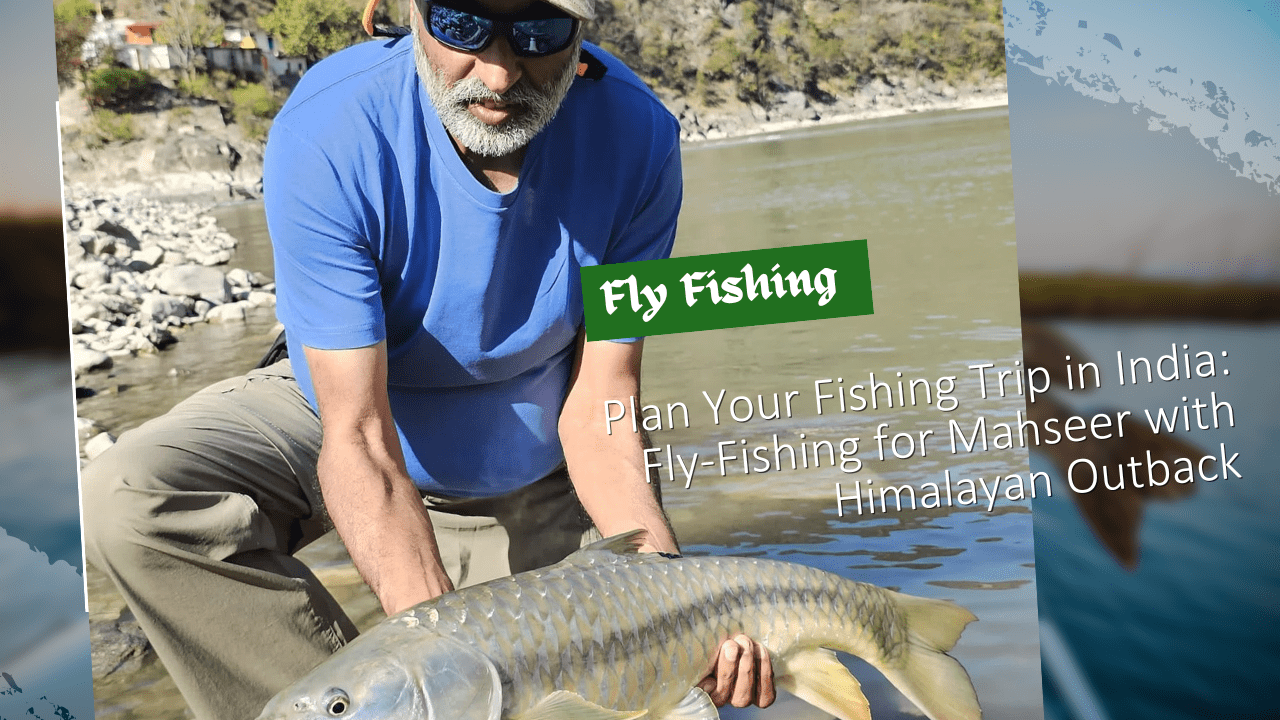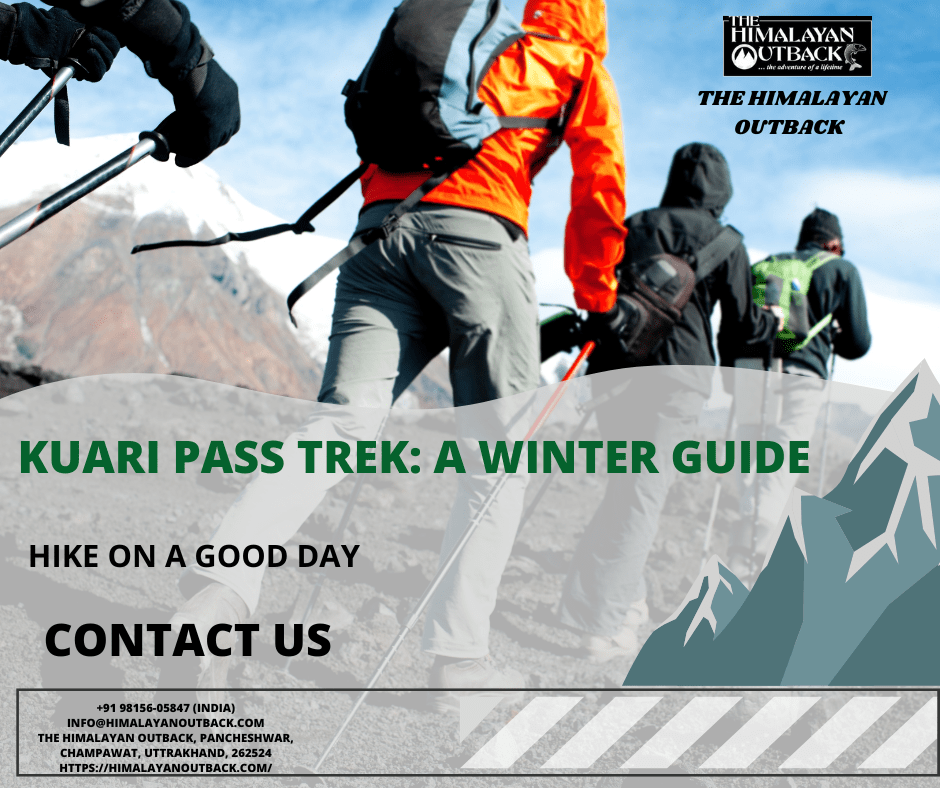Winter transforms the Himachal Pradesh mountains into a breathtaking wonderland of snow-capped peaks and crystalline landscapes. However, the same conditions that create this stunning scenery can also present serious challenges for trekkers. Understanding how to read winter weather forecasts becomes crucial for anyone planning Himachal trekking adventures during the colder months.
Weather conditions in the Himalayas change rapidly, and what begins as a clear morning can quickly turn into a dangerous snowstorm. Professional trekkers and mountaineers rely heavily on accurate weather interpretation to make critical decisions about when to proceed, when to take shelter, and when to turn back. Learning these skills can mean the difference between a successful adventure and a potentially life-threatening situation.
This comprehensive guide will teach you how to decode winter weather forecasts specifically for high-altitude environments, recognize dangerous patterns, and make informed decisions that prioritize safety while maximizing your trekking opportunities in Himachal Pradesh.
Understanding Mountain Weather Patterns
Mountain weather systems behave differently from lowland conditions. The elevation, topography, and rapid temperature changes create unique microclimates that require specialized knowledge to interpret correctly.
Temperature Variations at Altitude
Temperature drops approximately 2°C for every 300 meters of elevation gain. When forecasts show temperatures of 5°C in Manali, expect sub-zero conditions at 3,000 meters. This temperature gradient affects everything from equipment choices to route planning.
High-altitude locations experience dramatic temperature swings between day and night. Daytime sunshine can create pleasant conditions, while nighttime temperatures plummet well below freezing. Understanding these variations helps you prepare appropriate gear and plan camping locations strategically.
Wind Patterns and Effects
Mountain winds follow predictable patterns but can intensify rapidly. Valley winds typically blow uphill during the day and downhill at night. However, larger weather systems can override these patterns, creating dangerous conditions.
Wind chill significantly affects perceived temperature and increases hypothermia risk. A forecast showing -5°C with 30 km/h winds creates conditions equivalent to -15°C. This factor becomes critical when planning exposure time and selecting appropriate clothing systems.
Key Weather Parameters for Winter Trekking
Precipitation Types and Accumulation
Snow conditions vary dramatically based on temperature, humidity, and wind patterns. Light, powdery snow at very cold temperatures creates different challenges than heavy, wet snow near freezing point.
Fresh snowfall accumulation rates help predict trail conditions and avalanche risks. Heavy snowfall rates exceeding 2-3 cm per hour can quickly obscure trails and create navigation challenges. Understanding these rates helps you time your departure and plan rest stops accordingly.
Rain-snow transition zones present particular hazards. When temperatures hover around freezing, precipitation may alternate between rain and snow, creating icy conditions that are extremely dangerous for trekking.
Visibility Conditions
Cloud cover and fog significantly impact navigation safety. Dense clouds can reduce visibility to just a few meters, making route-finding nearly impossible on exposed ridges or glacier travel.
Forecasts indicating persistent cloud cover below 3,000 meters suggest poor visibility conditions for popular Himachal trekking routes like Triund or Hampta Pass. Plan alternative routes or rest days when visibility forecasts show concerning conditions.
Atmospheric Pressure Changes
Barometric pressure trends often provide earlier warning of approaching weather systems than temperature or precipitation forecasts. Rapidly falling pressure indicates approaching storms, while rising pressure suggests clearing conditions.
Reading Professional Weather Models
Understanding Forecast Reliability
Weather forecast accuracy decreases significantly beyond 72 hours, especially in mountainous terrain. Use 24-48 hour forecasts for critical decisions, while treating longer-range forecasts as general guidance for trip planning.
Different weather models sometimes show conflicting predictions. When models disagree, plan for the more severe scenario and maintain flexibility in your itinerary. Conservative decision-making prevents dangerous situations when forecasts prove inaccurate.
Interpreting Weather Maps
Surface weather maps show pressure systems, fronts, and precipitation areas. Cold fronts typically bring sudden temperature drops and potential snowfall, while warm fronts create gradual weather changes with extended precipitation periods.
Upper-level wind maps reveal high-altitude conditions that affect summit attempts and exposed ridge travel. Strong upper-level winds can create severe wind chill and snow transport, even when surface conditions appear calm.
Technology Tools for Weather Monitoring
Satellite Weather Applications
Modern smartphone apps provide detailed mountain weather forecasts with hourly updates. Apps like Mountain-forecast.com offer elevation-specific predictions that account for altitude effects on temperature and precipitation.
Radar imagery shows precipitation intensity and movement patterns. Real-time radar helps you track approaching storms and time your movements to avoid the worst conditions.
Portable Weather Instruments
Handheld barometers and altimeters provide real-time atmospheric pressure readings. Falling pressure indicates approaching weather systems, while rising pressure suggests improving conditions.
Digital thermometers with wind speed measurements help you calculate actual wind chill values. These readings provide more accurate assessments of current conditions than forecast predictions alone.
Recognizing Dangerous Weather Patterns
Storm Development Signs
Rapid cloud buildup, especially lenticular clouds over peaks, indicates strong high-altitude winds and potential severe weather development. These conditions often precede sudden weather deterioration.
Temperature inversions, where higher elevations are warmer than valleys, create unstable atmospheric conditions prone to rapid weather changes. These situations require extra caution and conservative decision-making.
Avalanche Weather Conditions
Heavy snowfall combined with wind creates dangerous avalanche conditions. Loading rates exceeding 30 cm in 24 hours significantly increase avalanche risk, especially on slopes steeper than 30 degrees.
Temperature fluctuations near freezing create unstable snow layers. Warm days followed by freezing nights create ice layers that can trigger avalanches when loaded with fresh snow.
Pre-Trek Weather Analysis
7-Day Forecast Review
Begin weather analysis one week before departure. Look for stable high-pressure systems that indicate clear, cold conditions ideal for winter trekking in Himachal Pradesh.
Identify potential storm windows and plan rest days accordingly. Flexible itineraries allow you to wait out bad weather in safe locations rather than pushing forward into dangerous conditions.
Route-Specific Considerations
Different Himachal trekking routes face varying weather exposures. Exposed ridgeline routes like Hampta Pass require more conservative weather windows than sheltered valley approaches like Kheer Ganga.
Valley routes often experience different conditions than ridge routes. Parvati Valley treks may have milder conditions while nearby high passes experience severe weather simultaneously.
Daily Weather Assessment Techniques
Morning Weather Evaluation
Begin each day with updated weather forecasts and visual sky assessment. Clear skies at dawn don’t guarantee stable conditions, but deteriorating visibility or increasing wind indicates potential problems.
Check temperature trends and wind forecasts for your planned elevation gain. Conditions at your current location may differ significantly from conditions at your intended destination.
Real-Time Condition Monitoring
Continuously monitor weather changes throughout the day. Mountain weather can deteriorate rapidly, requiring immediate route adjustments or shelter seeking.
Establish turnaround times based on weather forecasts and current conditions. Predetermined decision points prevent dangerous situations caused by summit fever or schedule pressure.
Emergency Weather Protocols
Shelter and Safety Procedures
Identify potential shelter locations along your route before departure. Natural features like large boulders, dense forest, or terrain depressions provide emergency protection from wind and precipitation.
Carry emergency shelter equipment appropriate for forecast conditions. Winter conditions in Himachal trekking require more robust shelter systems than three-season equipment provides.
Communication Considerations
Weather conditions affect communication device reliability. Cold temperatures drain batteries faster, while heavy snow or ice can block satellite signals for GPS devices or emergency beacons.
Establish communication schedules with support teams that account for weather-related delays. Predetermined check-in times prevent unnecessary rescue activations when weather causes minor delays.
Making Weather-Based Decisions
Understanding weather forecasts provides the foundation for safe winter trekking decisions, but successful Himachal trekking requires combining this knowledge with experience and conservative judgment.
Weather forecasting in mountainous regions involves significant uncertainty, especially during winter conditions. The key to successful and safe trekking lies not in perfect forecast accuracy, but in maintaining flexibility and prioritizing safety over summit goals.
Professional guides and experienced trekkers develop intuition for reading subtle weather signs that complement formal forecasts. This skill comes through experience, but following the principles outlined in this guide provides a solid foundation for making informed decisions.
Before embarking on your next Himachal trekking adventure, practice interpreting weather forecasts for your chosen route. Familiarize yourself with the specific challenges and weather patterns of areas like the Dhauladhar range, Pir Panjal mountains, or the Spiti Valley region.
Remember that the mountains will always be there for future attempts. Making conservative decisions based on weather forecasts ensures you return safely to trek another day, building the experience necessary for more challenging adventures in the stunning landscapes of Himachal Pradesh.






